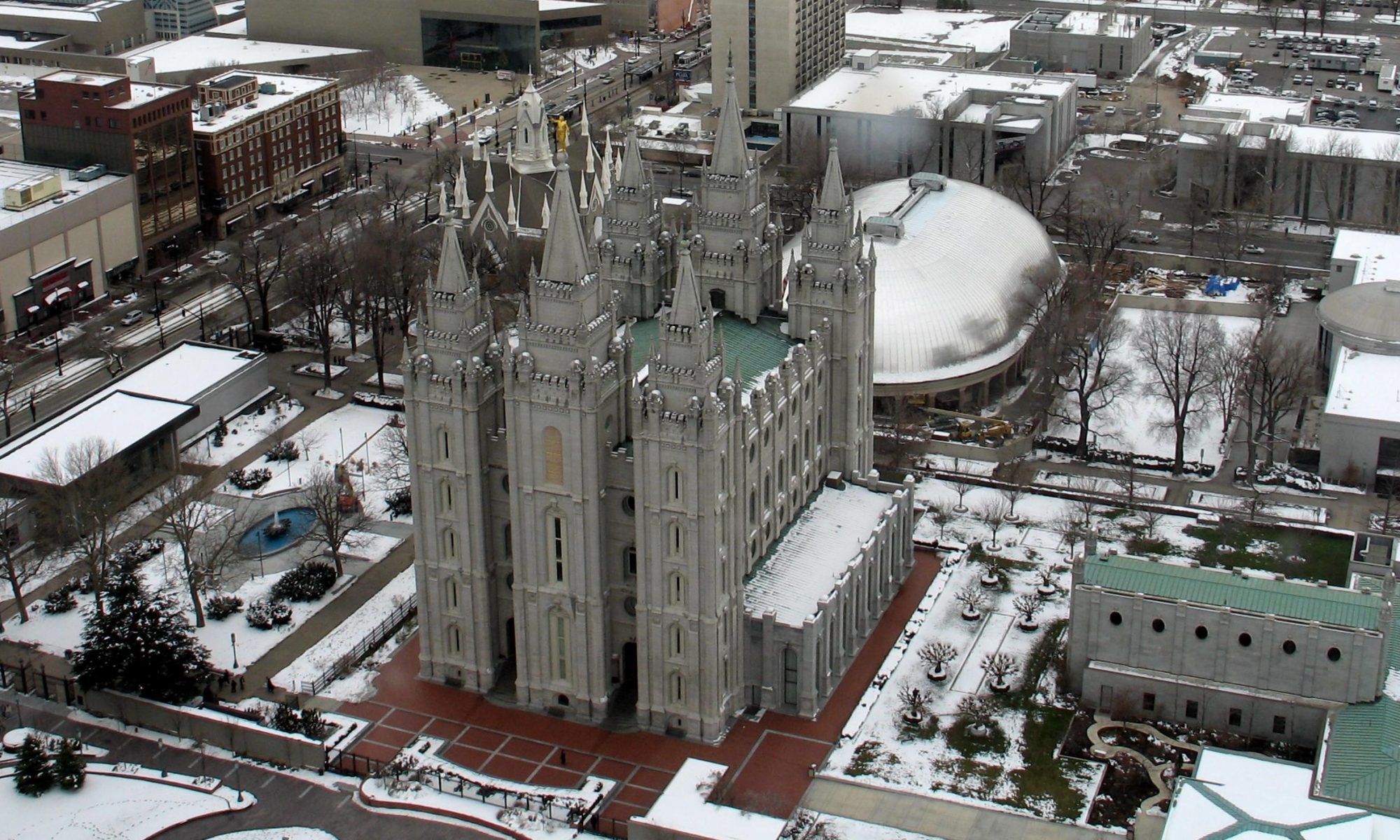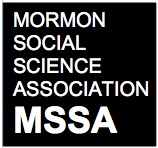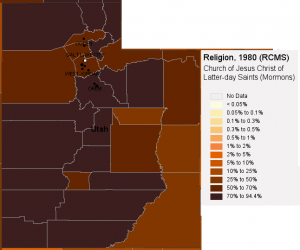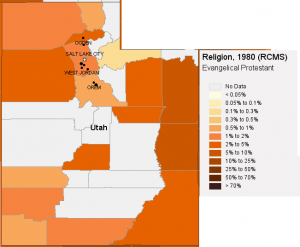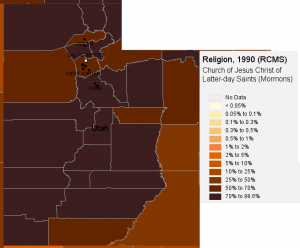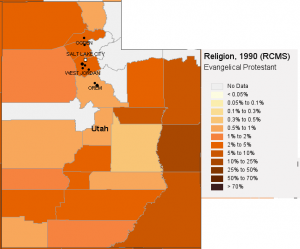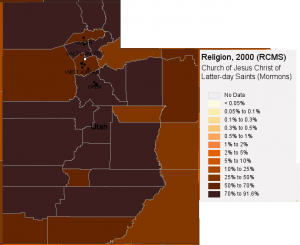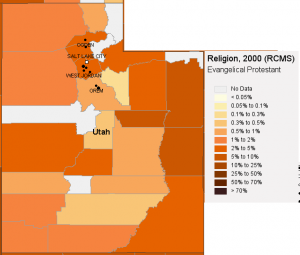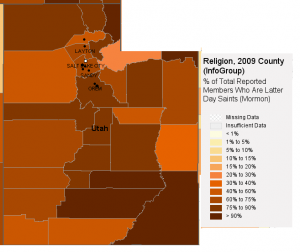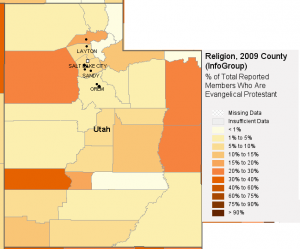Sixteenth Annual Leonard J. Arrington Mormon History Lecture
Sponsored by:
Special Collections & Archives; Merrill-Cazier Library; The Leonard J. Arrington Lecture and Archives Foundation; College of Humanities and Social Sciences; and Utah State University
The lecture is free and open to the public. Call 435-797-2663 with questions.
Susan Arrington Madsen and Carl Arrington Present
“A Paper Mountain: The Extraordinary Diary of Leonard James Arrington”
The people of the Great Basin Kingdom are not often likely to witness a scholar, father, friend, mentor and Latter-day Saint of the stature of Leonard James Arrington. Along the way, Leonard Arrington was writing about all of these experiences in a diary—a diary that would eventually occupy 26 linear feet on the shelf at USU Special Collections. The record includes some 60,000 pages – roughly two pages per day for all of his eighty-three years until his death in 1999. The diary reveals in gritty detail not just his adventures as a church historian, but the history of many Cache Valley characters. It also provides a treasure-trove of information on his personal trials, triumphs, and disappointments, along with his joys as a friend, father, and scholar. This presentation provides a sampler of stories, hidden deeds, private opinions about public controversies, and insights into a man who was hailed variously as a genius, a dangerous menace, a valiant friend, and a wise father.
Susan Arrington Madsen grew up in Logan where she graduated from Utah State University with a degree in journalism. During her years at USU, she was awarded an internship with the LDS Church Magazines, wrote for the USU student newspaper as a senior staff writer, and wrote more than 40 articles for Collier’s Encyclopedia Yearbooks. Susan currently lives in Hyde Park, Utah.
Carl Arrington, the second son (middle child) of Leonard and Grace Arrington, was born in Logan, Utah, in 1951. He grew up in Cache Valley attending Adams Elementary, Logan Junior High, Logan High, and Utah State University. Carl currently works as a freelance writer and media consultant. He lives in New York City.
All college students are invited to participate in a writing competition in conjunction with this lecture. Cash awards will be given.
Location:
Thursday, September 23, 2010, at 7 pm
Logan LDS Tabernacle
50 N. Main, Logan, Utah
(see attached flyer)
